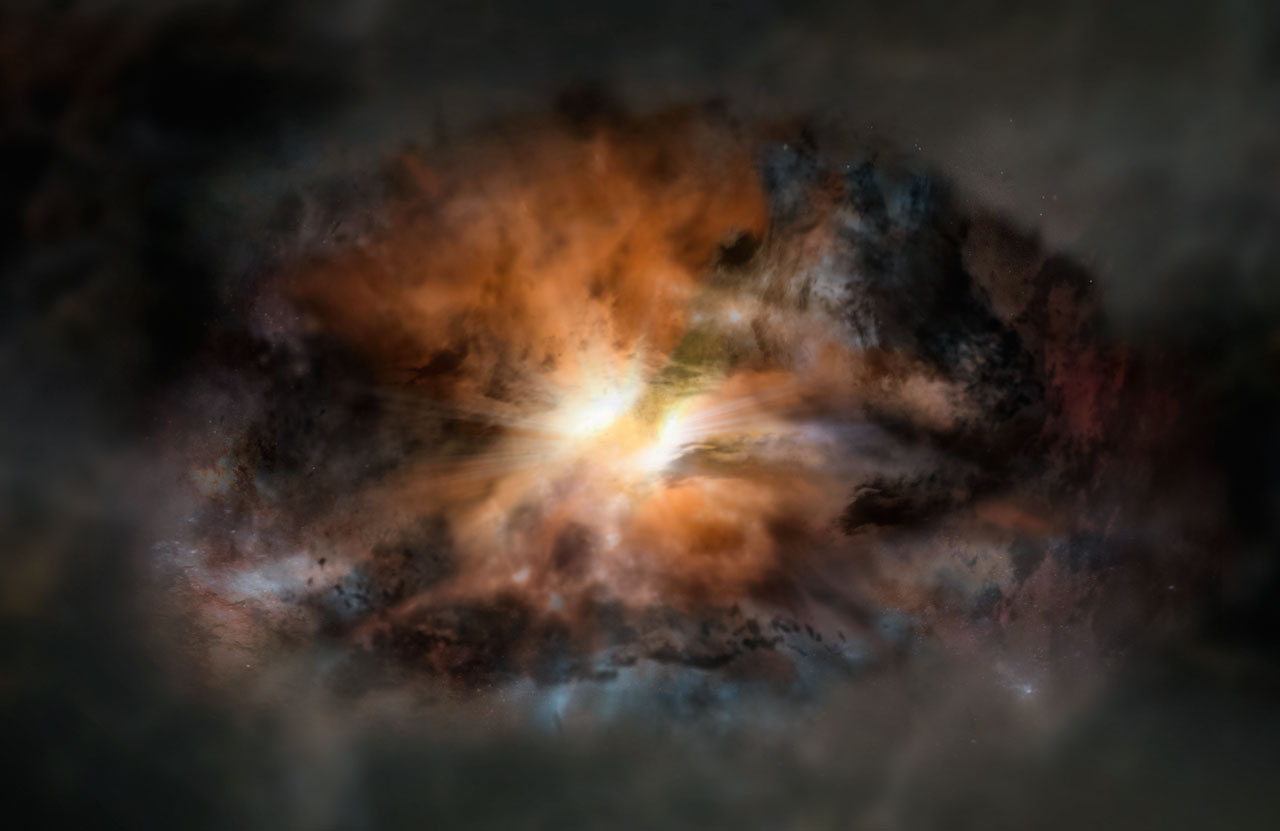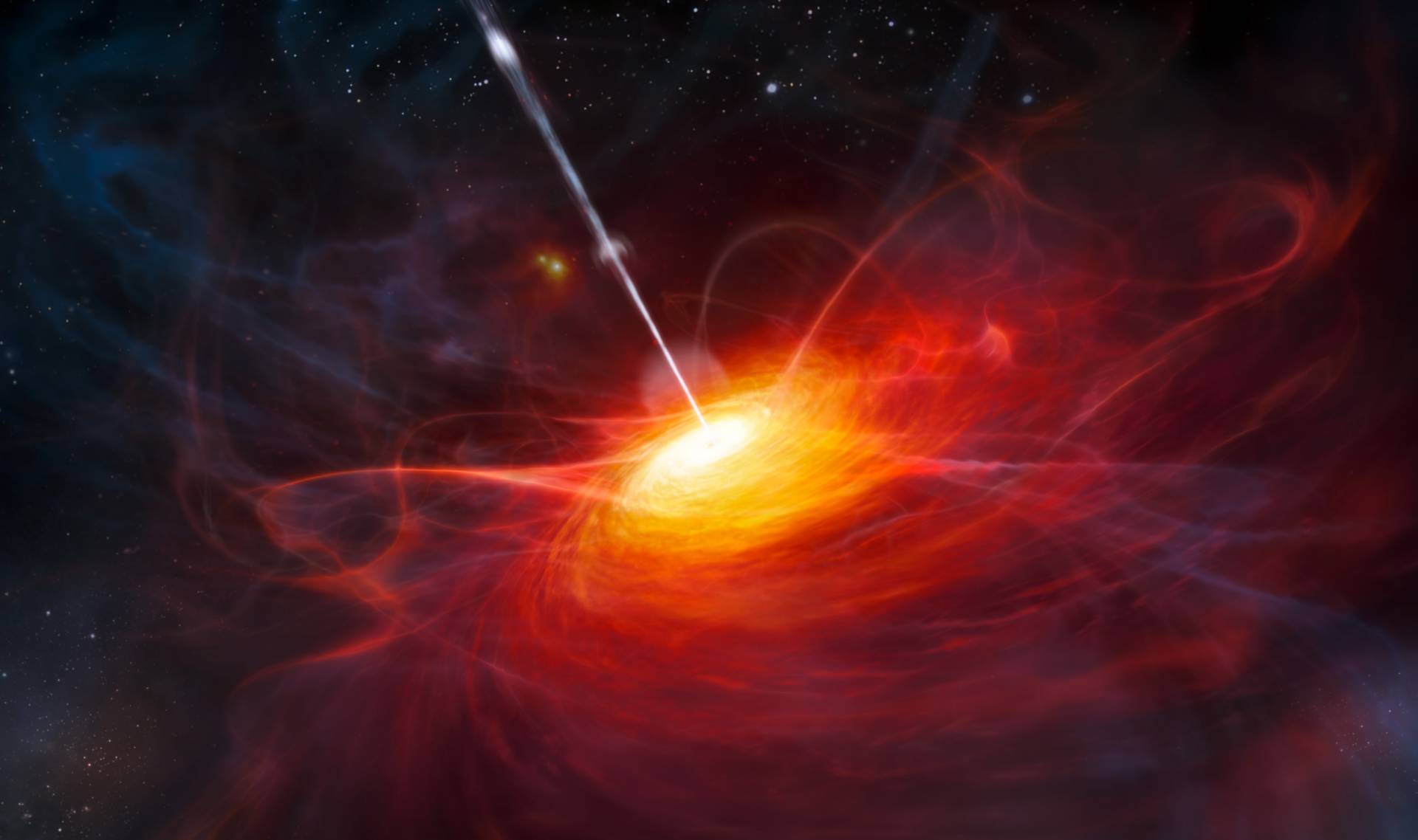A team of researchers has recently discovered 63 new quasars in the universe, which is the highest number ever found in a singular study. These remote celestial objects might provide data to understand what happened after the Big Bang.
Quasars, which are the brightest and biggest objects in our universe, are located billions of years away from Earth and contain information about the development of the Milky Way. Researchers, led by Eduardo Bañados of the Carnegie Observatories, have discovered 63 new quasars. The new findings double the number of previously known quasars. Detailed results of the study were published in the Astrophysical Journal Supplement Series.

Exploring the universe through Quasars
Quasi-stellar radio sources or quasars are known to be the most distant objects among active galactic nuclei. The energy of quasars is so potent that they emit a bright and extremely luminous light.
Scientists first knew about quasars in 1960 by observing the sun and our nearest stars. They noted a bright and unexplainable object that was moving across space at more than a third of the speed of light.

What scientists didn’t know is that the objects were not moving. It was just an optical reflection of the black hole inside the quasar that made gravity distort their view. Some astronomers thought the object was a white hole, while others argued it was a wormhole.
The first quasar scientists observed was four billion years away. It took astronomers from all over the world twenty years to understand and agree that quasars were a conjunction of several things including blazars and radio galaxies being observed trough different angles.
This formation happens in black holes located at different galaxies. A lot of energy is accumulated when different materials have a close encounter with a black hole. This energy is later blasted through the universe with an enormous amount of radiation.
Depending on the angle the black hole is located, astronomers can observe a quasar, a radio galaxy or a blazer. They are all the same object located in different positions. Thanks to the great distance between quasars and Earth, scientists can examine information that goes back millions of years.
Bañados and his team ensured that by studying quasars, astronomers might have a better understanding of the universe, its formation, and functioning, given that these objects date to the beginning of time.
“Quasars are among the brightest objects and they literally illuminate our knowledge of the early universe,” said Eduardo Bañados, lead author of the study in the published article.
Source: Carnegie Science
